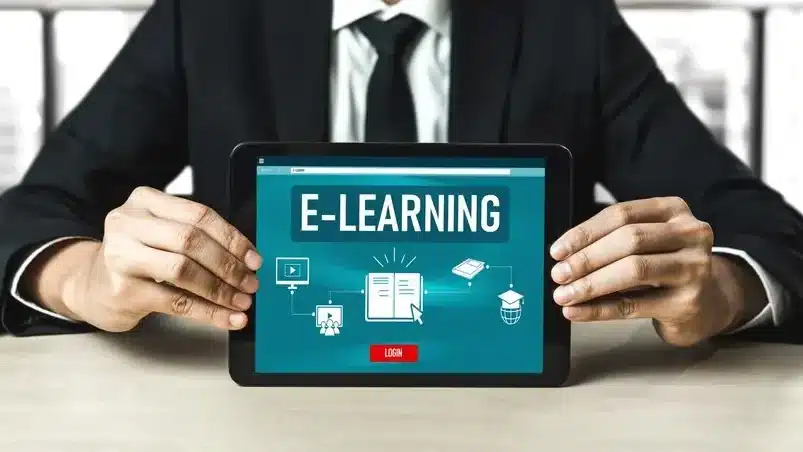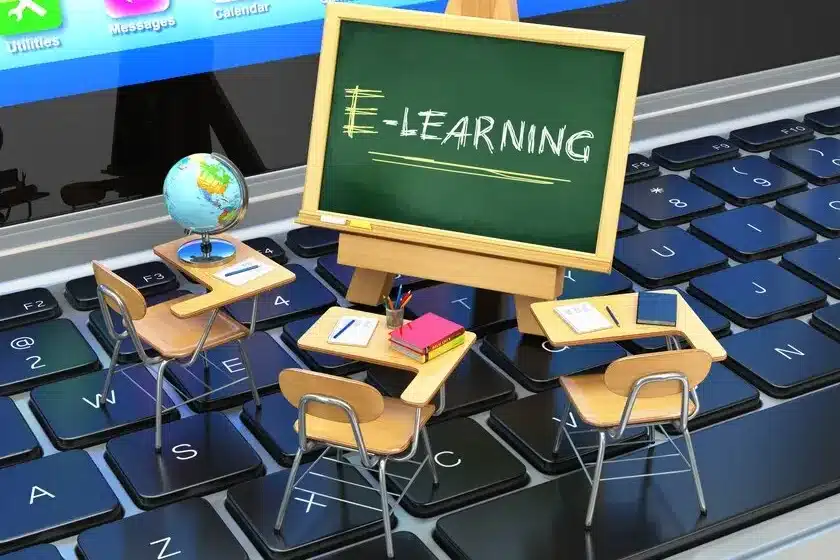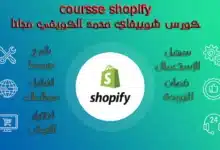
Introduction
E-learning is a modern and flexible way of learning that uses various forms of electronic media, such as the Internet, to deliver educational content and experiences. E-learning can offer many benefits for learners, educators, and organizations, such as convenience, cost-effectiveness, personalization, collaboration, analytics, and more.
However, with so many e-learning platforms available in the market, how do you choose the best one for your needs? What are the key features and criteria to consider when comparing different options? How do you evaluate the quality, usability, and effectiveness of an elearning platform?
In this article, we will answer these questions and help you find the best e-learning platform for your needs. We will explain what an e-learning platform is, why you should use one, and how to choose one based on your goals, preferences, and budget. We will also provide you with a list of the top 10 e-learning features to look for, as well as some examples of popular elearning platforms that you can explore.
Also read: How to overcome the challenges of e-learning (moumentec.com)
What is an e-learning platform?
e-learning platform is a software application or website that provides access to online courses, learning materials, and learning activities. An elearning platform can also be called a learning management system (LMS), an online learning platform, or a course platform.
An e-learning platform can serve different purposes and audiences, such as:
- Academic e-learning platforms: These are used by schools, colleges, and universities to support teaching and learning. They can offer online courses, degrees, certificates, and diplomas, as well as blended learning options that combine online and face-to-face instruction.
- Corporate elearning platforms: These are used by businesses and organizations to train their employees, customers, and partners. They can offer online courses, workshops, webinars, and simulations, as well as performance management and compliance training.
- Personal e-learning platforms: These are used by individuals who want to learn new skills, hobbies, or languages. They can offer online courses, tutorials, videos, podcasts, and quizzes, as well as community and social features.
Why use an e-learning platform?

Using an e-learning platform can offer many advantages for both learners and educators, such as:
- Convenience and flexibility: You can learn anytime, anywhere, and at your own pace. You can access the e-learning platform from any device, such as a computer, tablet, or smartphone. You can also choose the learning mode that suits you best, such as synchronous (live) or asynchronous (self-paced).
- Cost-effectiveness: You can save money on travel, accommodation, and tuition fees. You can also benefit from free or low-cost online courses and resources. You can also reduce the environmental impact of learning by using less paper, energy, and transportation.
- Personalization and individualization: You can customize your learning experience according to your needs, interests, and goals. You can choose the courses, topics, and levels that match your preferences and abilities. You can also track your progress and performance and get feedback and support.
- Collaboration and interaction: You can communicate and collaborate with other learners and instructors from different locations and backgrounds. You can participate in discussions, forums, chats, and group projects. You can also share your ideas, opinions, and experiences.
- Analytics and evaluation: You can measure and improve your learning outcomes and impact. You can use data and reports to monitor your learning activities, achievements, and challenges. You can also use quizzes, tests, and surveys to assess your knowledge and skills.
How to choose the best e-learning platform for your needs?
Choosing the best e-learning platform for your needs can be challenging, but not impossible. Here are some steps and tips to help you make the right decision:
- Define your learning goals and objectives: What do you want to learn and why? What are the expected outcomes and benefits of your learning? How will you measure your success and progress?
- Identify your learning preferences and styles: How do you like to learn and what motivates you? What are your preferred learning modes, formats, and methods? What are your strengths and weaknesses as a learner?
- Determine your learning budget and resources: How much can you afford to spend on your learning? What are the available funding and financial aid options? What are the technical and logistical requirements for your learning?
- Research and compare different e-learning platforms: What are the features, benefits, and drawbacks of each option? How do they match your learning goals, preferences, and budget? What are the reviews and ratings of other users and experts?
- Try out some e-learning platforms: How easy and intuitive are they to use and navigate? How engaging and relevant are the content and activities? How responsive and helpful are the support and customer service?
Top 10 e-learning features to look for
When choosing an elearning platform, you should look for the following features that can enhance your learning experience and outcomes:
1. Course variety and quality:
The e-learning platform should offer a wide range of courses and topics that cover your learning needs and interests. The courses should also be of high quality, up-to-date, and accredited by reputable institutions or organizations.
2. Multimedia integration:
The e-learning platform should support multiple content types, such as text, audio, images, video, animation, and VR. The content should be interactive, engaging, and appealing to different learning styles and senses.
3. User-generated content:
The e-learning platform should allow you to create and share your content, such as notes, summaries, reflections, and portfolios. You should also be able to access and use the content created by other users, such as reviews, ratings, and recommendations.

4. Structured storage of learning materials:
The e-learning platform should organize and store your learning materials clearly and logically. You should be able to access, download, and print your materials easily and quickly. You should also be able to bookmark, highlight, and annotate your materials.
5. Course creation tools:
The e-learning platform should provide you with tools and templates to create your courses, lessons, and quizzes. You should be able to customize your courses according to your needs, goals, and preferences. You should also be able to publish and sell your courses to other users.
6. Learning content search:
The e-learning platform should enable you to search for and find the learning content that you need and want. You should be able to search by titles, metadata, and full text. You should also be able to filter and sort your search results by relevance, popularity, and difficulty.
7. Self-registration and enrollment:
The e-learning platform should allow you to register and enroll in the courses that you choose. You should be able to do this easily and quickly, without any hassle or delay. You should also be able to cancel or change your enrollment at any time.
8. Web-based and mobile compatibility:
The e-learning platform should be web-based and mobile-compatible. You should be able to access the platform from any browser and device, such as a computer, tablet, or smartphone. You should also be able to use the platform offline and sync your data when you go online.
9. Assessments and feedback:
The e-learning platform should provide you with assessments and feedback to measure and improve your learning. You should be able to take quizzes, tests, and surveys to check your knowledge and skills. You should also be able to get feedback and guidance from instructors and peers.
10. Analytics and reporting:
The e-learning platform should provide you with analytics and reporting to monitor and evaluate your learning. You should be able to use data and reports to track your learning activities, achievements, and challenges. You should also be able to use dashboards and graphs to visualize your learning progress and performance.
Examples of popular e-learning platforms

Here are some examples of popular e-learning platforms that you can explore and compare:
- LearnWorlds: This is a cloud-based LMS that is easy to use but features advanced user and content management, powerful authoring capabilities, and a strong reporting engine. It also supports multimedia integration, course creation tools, web-based and mobile compatibility, and web-commerce support.
- Coursera: This is an online learning platform that offers courses, degrees, certificates, and diplomas from top universities and organizations around the world. It also supports multimedia integration, user-generated content, structured storage of learning materials, and learning content search.
- Skillshare: This is an online learning platform that offers courses, workshops, and projects on various creative and professional skills. It also supports user-generated content, course creation tools, web-based and mobile compatibility, and web-commerce support.
- Udemy: This is an online learning platform that offers courses on various topics and skills, from business and technology to personal development and hobbies. It also supports multimedia integration, user-generated content, course creation tools, and web-commerce support.
- Docebo: This is a cloud-based LMS that is designed for corporate training and employee development. It also supports multimedia integration, structured storage of learning materials, learning content search, web-based and mobile compatibility, and analytics and reporting.
Conclusion
Choosing the best e-learning platform for your needs can be a daunting task, but it can also be a rewarding one. By following the steps and tips that we have discussed in this article, you can narrow down your options and find the best e-learning platform for your needs. You can also explore and compare some of the popular e-learning platforms that we have mentioned, such as LearnWorlds, Coursera, Skillshare, Udemy, and Docebo.
We hope that this article has helped you learn how to choose the best e-learning platform for your needs. If you have any questions or comments, please feel free to share them with us in the comment section below. Happy learning! 😊
Frequently asked questions
Here are some of the frequently asked questions and their answers about e-learning platforms:
Q. What are the benefits of e-learning platforms?
A. E-learning platforms can offer many benefits for learners, educators, and organizations, such as convenience, cost-effectiveness, personalization, collaboration, analytics, and more.
Q. What are the challenges of e-learning platforms?
A. E-learning platforms can also pose some challenges, such as technical issues, lack of social interaction, low motivation, plagiarism, and quality assurance.
Q. How do I access an e-learning platform?
A. You can access an e-learning platform from any device that has an internet connection, such as a computer, tablet, or smartphone. You may need to register log in to the platform, and enroll in the courses that you want to take.
Q. How much does an e-learning platform cost?
A. The cost of an e-learning platform can vary depending on the type, features, and quality of the platform. Some platforms are free or low-cost, while others may charge a subscription fee or a course fee. You may also need to pay for additional services or materials, such as certificates, books, or software.
Q. How do I choose the best e-learning platform for my needs?
A. You can choose the best e-learning platform for your needs by following the steps and tips that we have discussed in this article, such as defining your learning goals and objectives, identifying your learning preferences and styles, determining your learning budget and resources, researching and comparing different e-learning platforms, trying out some e-learning platforms, and looking for the top 10 e-learning features




